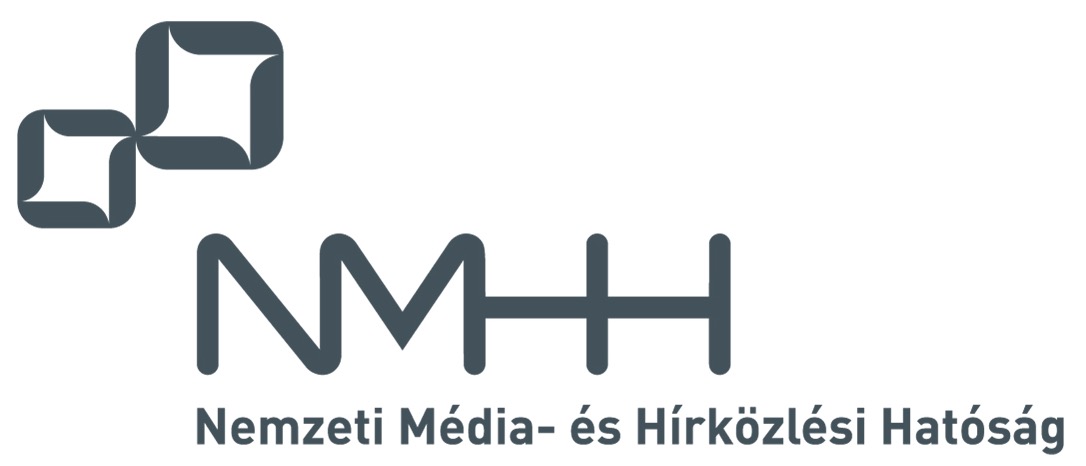Miklós Gábriel Tulics and Klára Vicsi
Automatic classification possibilities of the voices of children with dysphonia
Dysphonia is a common complaint, almost every fourth child produces a pathological voice. A mobile based filtering system, that can be used by pre-school workers in order to recognize dysphonic voiced children in order to get professional help as soon as possible, would be desired. The goal of this research is to identify acoustic parameters that are able to distinguish healthy voices of children from those with dysphonia voices of children. In addition, the possibility of automatic classification is children. In addition, the possibility of automatic classification is examined. Two sample T-tests were used for statistical significance testing for the mean values of the acoustic parameters between healthy voices and those with dysphonia. A two-class classification was performed between the two groups using leave-one-out cross validation, with support vector machine (SVM) classifier. Formant frequencies, mel-frequency cepstral coefficients (MFCCs), Harmonics-to-Noise Ratio (HNR), Soft Phonation Index (SPI) and frequency band energy ratios, based on intrinsic mode functions measured on different variations of phonemes showed statistical difference between the groups. A high classification accuracy of 93% was achieved by SVM with linear and rbf kernel using only 8 acoustic parameters. Additional data is needed to build a more general model, but this research can be a reference point in the classification of voices using continuous speech between healthy children and children with dysphonia.
Reference:
DOI: 10.36244/ICJ.2018.3.5
Please cite this paper the following way:
Miklós Gábriel Tulics and Klára Vicsi, “Automatic classification possibilities of the voices of children with dysphonia”, Infocommunications Journal, Vol. X, No 3, September 2018, pp. 30-36. DOI: 10.36244/ICJ.2018.3.5




